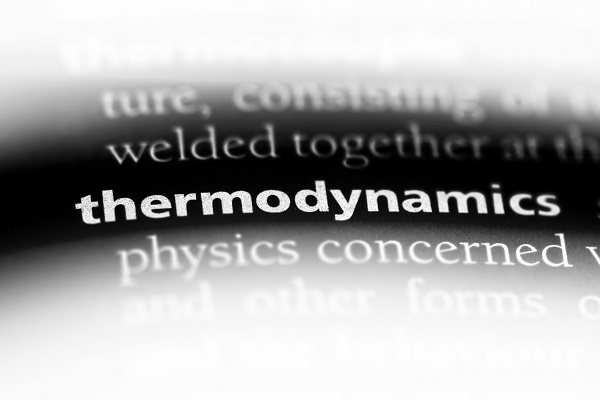
The First Law of Thermodynamics can be summarized by simply saying that all thermodynamic processes follow the principle of the conservation of energy. It can also be captured in a simple equation.
First Law of Thermodynamics
\(\mathsf{ \Delta U = Q - W}\)
... where U is the internal energy of the system, Q is the heat transferred to or from the system and W is the work done on or by the system.
Use the definition and equation representation of The First Law of Thermodynamics to answer these questions. Be careful, a negative work means you are subtracting a negative!
\(\small\mathsf{ \Delta U = -13 \text{ J} + 123 \text{ J}}\)
\(\small\mathsf{ \Delta U = 110 \text{ J}}\)
\(\small\mathsf{ \Delta U = 778 \text{ J} - 498 \text{ J}}\)
\(\small\mathsf{ \Delta U = 280 \text{ J}}\)
\(\small\mathsf{ (68 \text{ J} - 47 \text{ J})) = Q - 29 \text{ J}}\)
\(\small\mathsf{ 21 \text{ J} = Q - 29 \text{ J} }\)
\(\small\mathsf{ Q = 50 \text{ J} }\)
Cards remaining:
